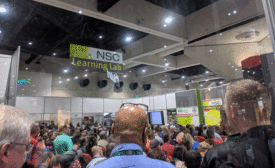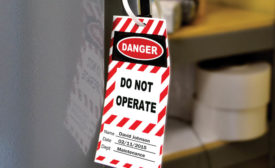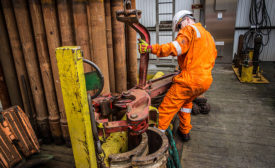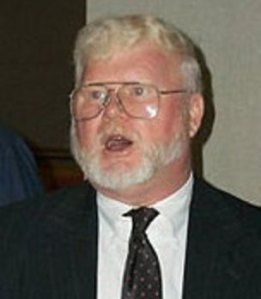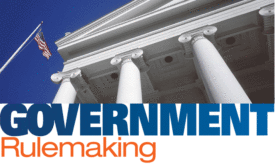Government Safety Regulations
Feds are working on drone traffic management systems
Tests are promising
September 12, 2019
Managing Process Changes
Visibility, collaboration and workflow control are all key
September 9, 2019
How to de-energize equipment
Force guided relays maintain machine guarding circuit integrity
September 9, 2019
What to look for in a PPE provider
A how-to guide & benefits of consolidating your buy
September 9, 2019
Protecting against flash fires
Disproving 4 myths about FR garment base layers
September 9, 2019
Never miss the latest news and trends driving the safety industry
eNewsletter | Website | eMagazine
JOIN TODAYCopyright ©2024. All Rights Reserved BNP Media.
Design, CMS, Hosting & Web Development :: ePublishing



